A frog that was thought to be extinct has been rediscovered after 130 years.
Phillibert Germain, a French entomologist, first came across the frog in 1893.
And in 1902, a German naturalist named Rodulfo Amando Philippi formally named the new species Alsodes vittatus.
READ MORE: Rare deep-sea shark washes up at popular holiday resort
- Advertisement -
But after that, the frog, which was found in Chile, was never seen again.
Many attempts were made to find the amphibian and extensive research efforts took place between 1995 and 2002.
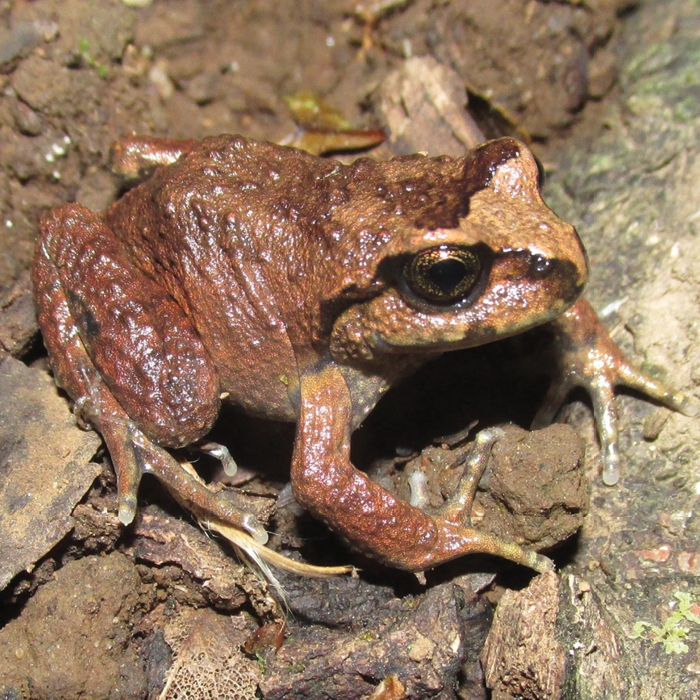
Later expeditions in 2015 and 2016 were also unsuccessful, although a species within the same group was found.
Now a team’s discovery has marked the first time the frog has been spotted in 130 years, as reported by What’s The Jam.
Researchers retraced the steps of Philibert Germain, searching inside the Hacienda San Ignacio de Pemehue, in Chile, in 2023 and 2024.
- Advertisement -
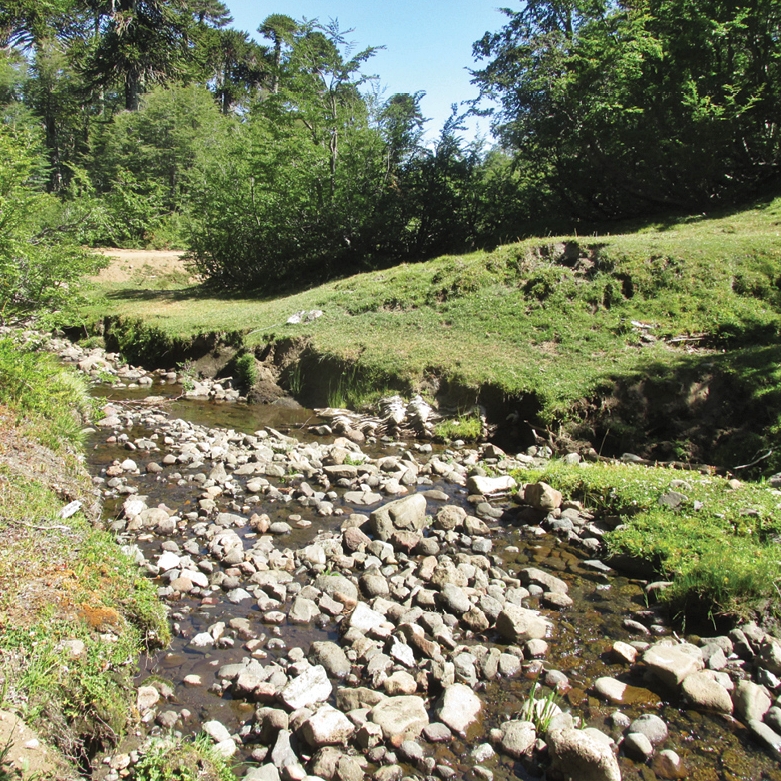
Claudio Correa, Edvin Riveros-Riffo and Juan Pablo Donoso uncovered the Alsodes vittatus’s home.
In two separate Locations in the same area, the trio also came across other frogs belonging to the same group.
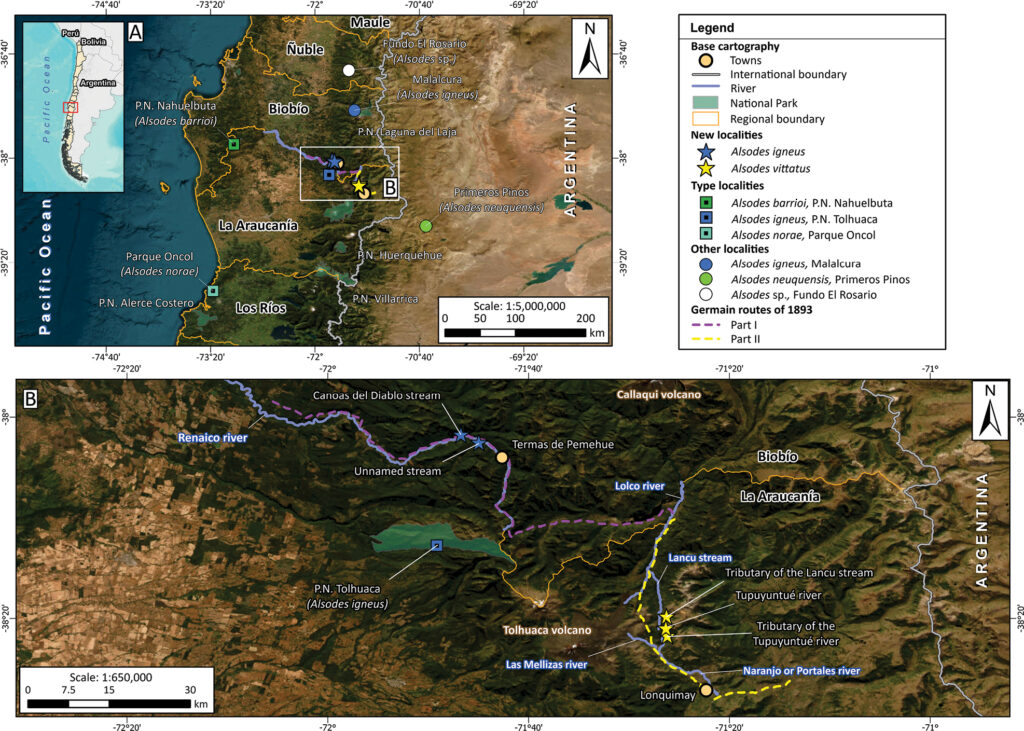
DNA was collected from specimens and used to confirm which species were found.
- Advertisement -
The Alsodes vittatus has a distinctive vertical line down its back.
But not every frog in the species has the same marking.
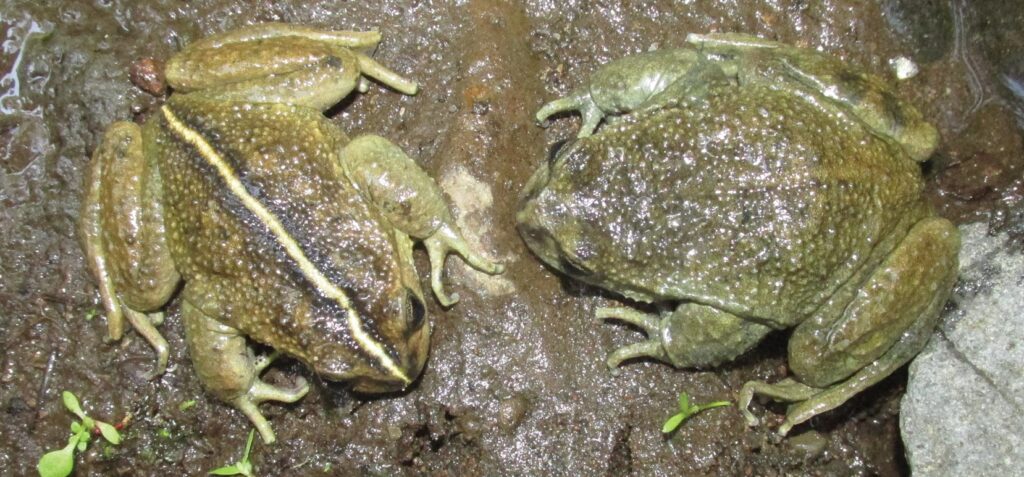
And despite positive news of the frog’s rediscovery, the three researchers have warned that the frog faces several significant threats.

After carrying out field observations, they found that it could potentially be considered an endangered species.
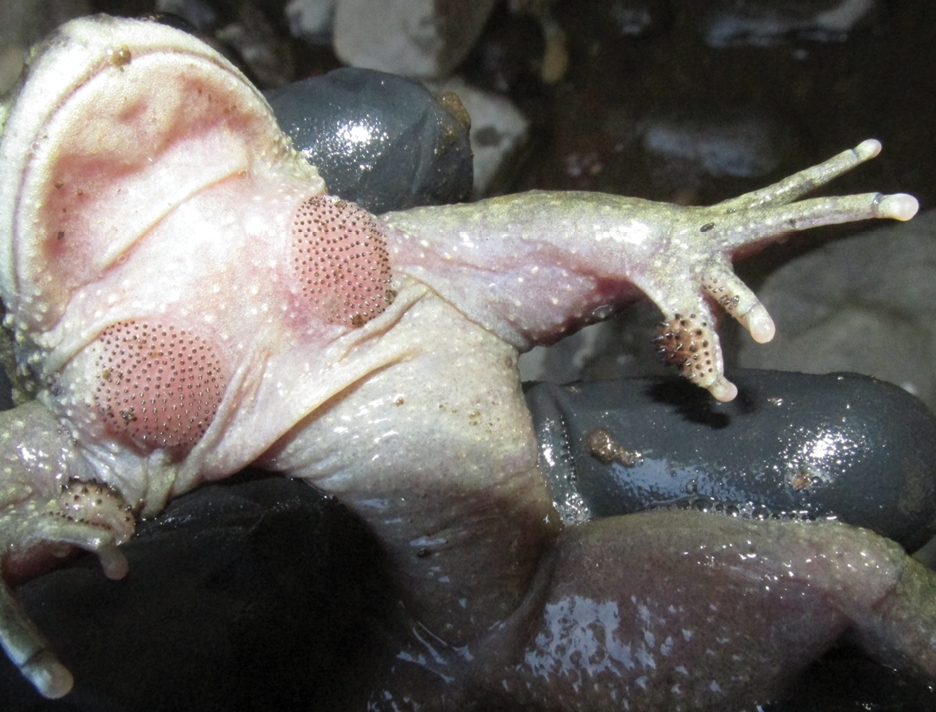
The International Union for Conservation of Nature (IUCN) currently classifies Alsodes vittatus as Data Deficient.
This means that there is not enough information to make a precise assessment of its risk of extinction.

Claudio, Edvin and Juan have strongly suggested that a review is needed so that the frog’s conservation status can be evaluated.
READ MORE: Deep sea fisherman discovers bizarre beast that ‘looks like Basset Hound’


















